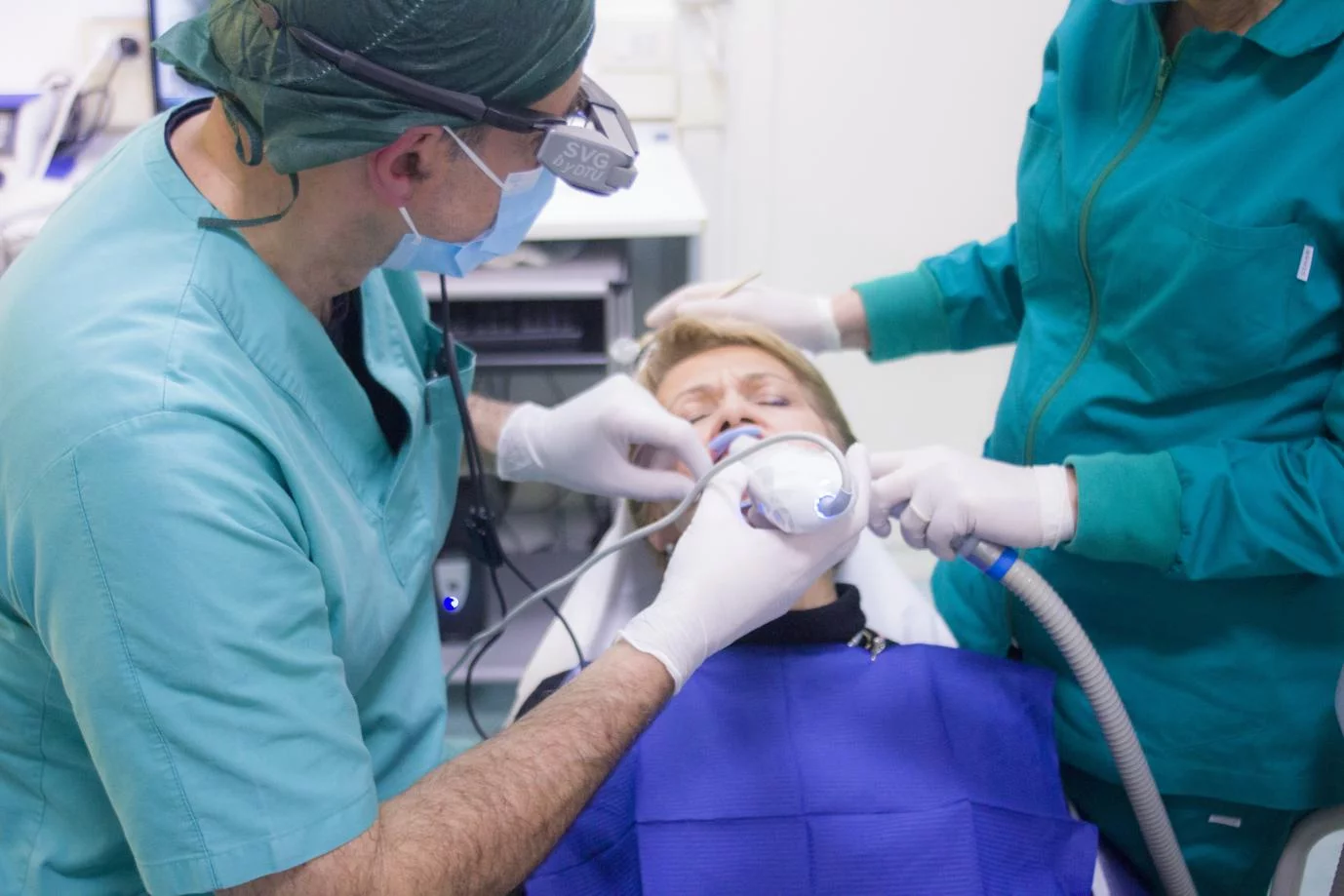If you were physically active prior to pregnancy, most doctors agree that continuing your workouts at the current level should feel safe. Avoid engaging in exercises which cause blood to flow less freely to the uterus and can make you dizzy; such exercises should also be avoided to protect both mother and baby from risk of dizziness.
Speak to your healthcare provider regarding your specific situation; but generally speaking, moderate exercise does not increase the risk of miscarriage or birth defects.
Cardiovascular Exercises
ACOG recommends most pregnant women exercise during gestation if their health and pregnancy complications permit, provided that lying on your back while exercising doesn’t limit blood flow to your heart and fetus. However, listening to your body and avoiding lying flat while exercising are essential if exercising safely during gestation.
Try to complete 150 minutes of aerobic exercise each week, such as brisk walking, swimming or attending classes such as yoga and tai chi. In terms of types of physical activity that might benefit pregnant women the most, such as swinging kettlebells or attending prenatal yoga classes – it would be beneficial if these were all done before becoming pregnant.
To determine whether you’re exercising at an appropriate pace, the “talk test” can be useful: to be able to speak without gasping for air while exercising is the goal. If panting occurs or if other warning signs, such as vaginal bleeding or pain exist, stop exercising immediately and contact your physician immediately.
Strength Training
Exercise during pregnancy is generally safe for healthy women; it’s best to discuss what works for you with your healthcare provider and make an informed decision. If you were physically active prior to becoming pregnant, continuing your routine should generally be safe provided it meets with his approval and any high-impact activities such as basketball, jogging or horseback riding may pose risks of falling (e.g. basketball jogging horseback riding).
Start slowly and work up to 30 minutes of moderate-intensity activity each week – such as walking, swimming, stationary cycling or prenatal fitness classes – as part of an active lifestyle for you and your baby. Strength training exercises like yoga, tai chi or gardening may also prove helpful; newcomers to exercising should start slowly until reaching 30 minutes each day if they’re new at it! Make sure to hydrate before, during, and after exercising; wear loose-fitting clothing that supports you bra; stay cool.
Flexibility Exercises
Exercise during gestation has many health benefits for expectant mothers, such as alleviating backaches, constipation, swelling and fatigue. Furthermore, it helps prepare your body for labor and delivery.
Those who were regular exercisers prior to pregnancy usually can continue at their usual level of activity during gestation; just make sure that you consult with your healthcare provider beforehand. But as your pregnancy advances, it may be wiser to limit bouncing or high-impact activities which could put your feet on the ground, for your own safety and that of the fetus.
Flexibility exercises may provide relief from pelvic girdle discomfort as your posture shifts to accommodate for your belly, however avoid stretching with closed twists as these could restrict circulation to your uterus and cut off its oxygen supply.
Ideally, when exercising you should be able to hold a conversation without strain; otherwise you are moving too fast. Furthermore, avoid activities which increase the risk of falling, such as horseback riding and off-road cycling.
Yoga
Prenatal yoga is an effective, relaxing form of exercise designed to prepare the body for childbirth. It strengthens and balances you while simultaneously relieving stress, anxiety and insomnia while improving sleep and helping with nausea relief.
Your instructor can guide you in adapting yoga postures to suit each stage of pregnancy. Avoid deep twists or squats in the first trimester and avoid lying on your back after 16 weeks to reduce injury risk due to relaxin hormone’s loosening effect on muscles, tendons and ligaments.
In your second trimester, try forward-bending poses like cobbler’s pose and gate pose to open up your hips and ease lower back pain. Core stabilization poses such as plank and side plank can also be helpful, though any backbends or inversions that could place stress on the uterus should be avoided.







 Linking Oral Health to Overall Wellbeing
Linking Oral Health to Overall Wellbeing  Can You Exercise While Pregnant?
Can You Exercise While Pregnant?  The Rise of Telemedicine and Its Impact on Healthcare
The Rise of Telemedicine and Its Impact on Healthcare  Managing Diabetes With Diet and Exercise Expert Insights and Tips
Managing Diabetes With Diet and Exercise Expert Insights and Tips  Following a Diet Before Bypass Surgery
Following a Diet Before Bypass Surgery  How to Choose a Diet Powder
How to Choose a Diet Powder  5 Healthy Foods to Include in Your Fitness Diet Plan
5 Healthy Foods to Include in Your Fitness Diet Plan  The Best Diet Plan For Fat Loss
The Best Diet Plan For Fat Loss